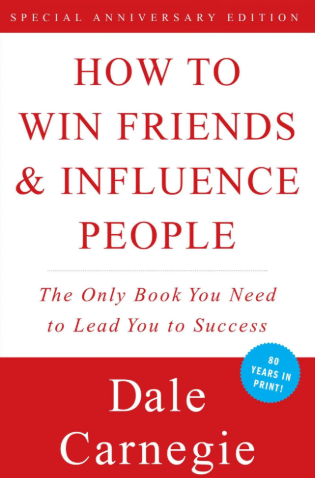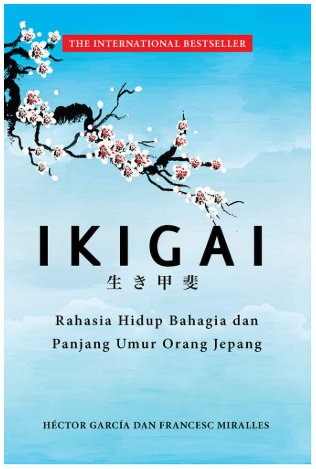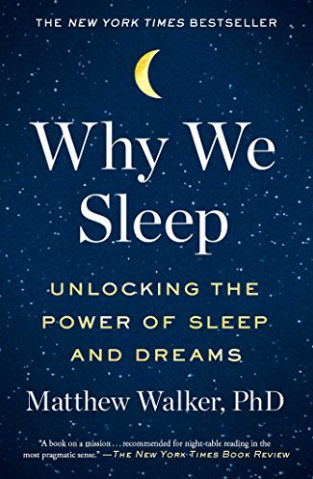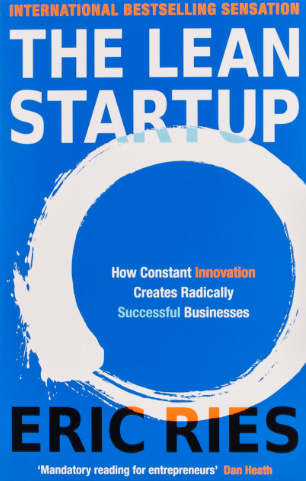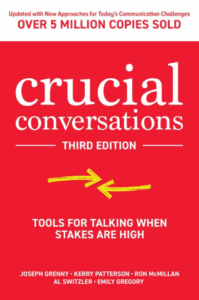
Some conversations feel impossible — emotions run high, stakes are heavy, and the risk of misunderstanding is huge. Crucial Conversations by Kerry Patterson, Joseph Grenny, Ron McMillan, and Al Switzler teaches you how to handle these moments with skill instead of silence or conflict.
The core message? When conversations matter most, don’t avoid them — learn how to stay calm, listen deeply, and express yourself in a way that invites collaboration instead of defensiveness.
The Core Idea
Silence and aggression are the enemies of good communication. True progress comes from creating safety, speaking honestly, and listening with respect.
📘 Book Idea: Dialogue works best when people feel safe to share their truth.
💡 Real Life: Instead of saying nothing when a coworker lets you down, calmly explain the impact and ask for their perspective.
The Big Lessons from Crucial Conversations
1. Start With Heart
Before entering a tough conversation, get clear on what you really want — for yourself, the other person, and the relationship.
💡 Real Life: If you’re upset with a friend, remind yourself: “My goal isn’t to win. It’s to protect our friendship and solve the problem.”
2. Make It Safe
People shut down or fight back when they feel attacked. Create safety by showing respect and clarifying positive intentions.
💡 Real Life: Say, “I’m not questioning your effort — I just want to find a way that works better for both of us.”
3. Share Facts, Then Feelings
Start with observable facts, then add your story or feelings. Facts reduce defensiveness; feelings add honesty.
💡 Real Life: Instead of “You never help me,” try: “Last week and yesterday, I noticed I handled cleanup alone — I felt overwhelmed.”
4. Learn to Look
Watch for signs that a conversation is turning unsafe (silence, sarcasm, defensiveness) and gently bring it back to dialogue.
💡 Real Life: If someone withdraws, pause and ask, “I sense this is uncomfortable — do you want to take a step back?”
5. Move to Action
Great dialogue is wasted if it doesn’t lead to clear decisions and follow-through.
💡 Real Life: End tough talks with: “So, what’s our next step? Who’s doing what, and by when?”
Other Key Lessons
-
* Don’t Get Hooked by Emotion: Breathe, slow down, and return to curiosity.
* Master Your Story: Notice the assumptions you add to raw facts.
* Agree on a Path: Consensus works best when it’s written down and owned by all.
Final Thought
Crucial Conversations reminds us that relationships are built in the hard moments. If you can stay respectful, listen actively, and speak with clarity, you’ll turn conflict into collaboration.
🔥 Your Turn: What’s one tough conversation you’ve been avoiding — and how could you approach it more calmly and constructively?




